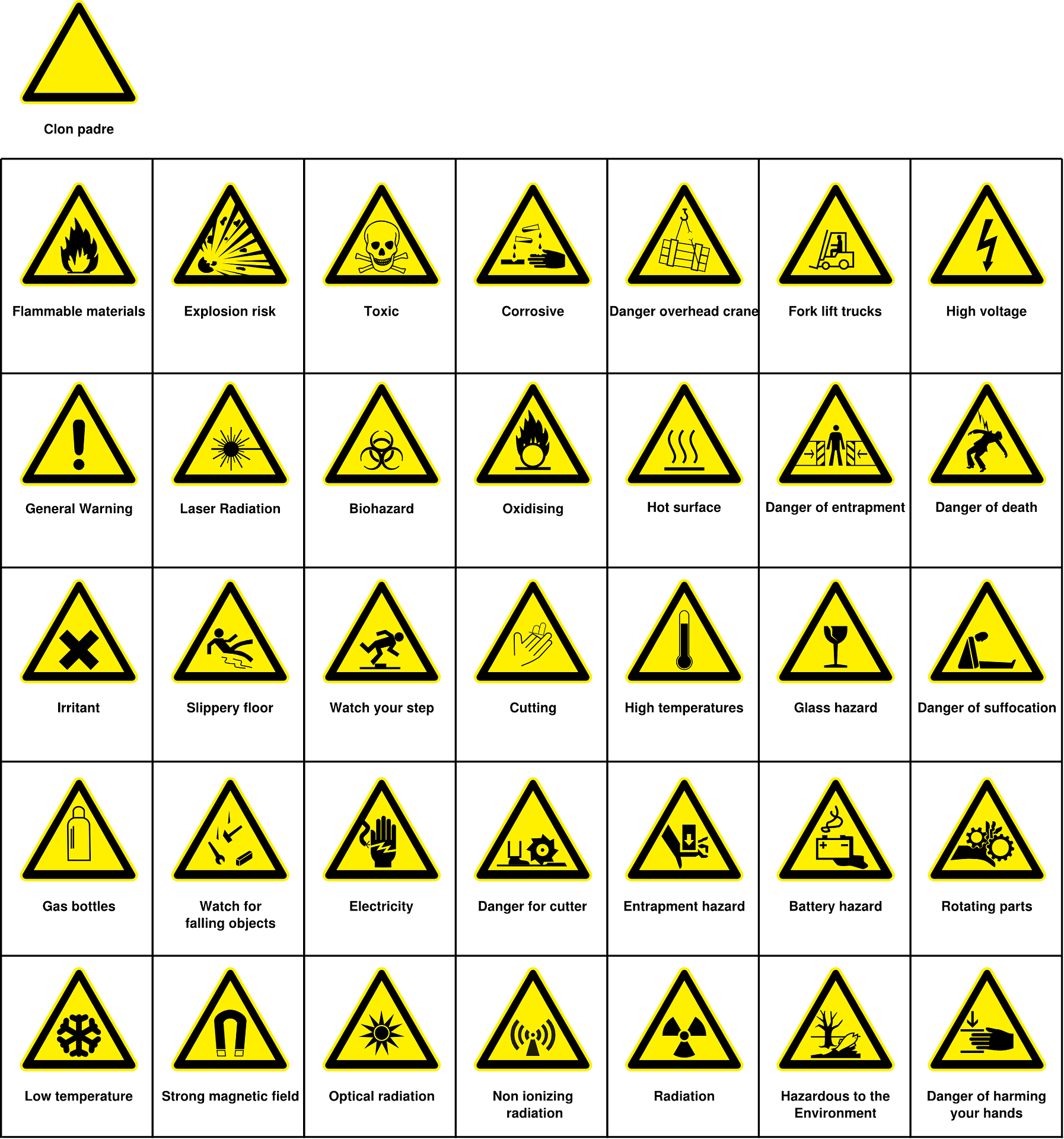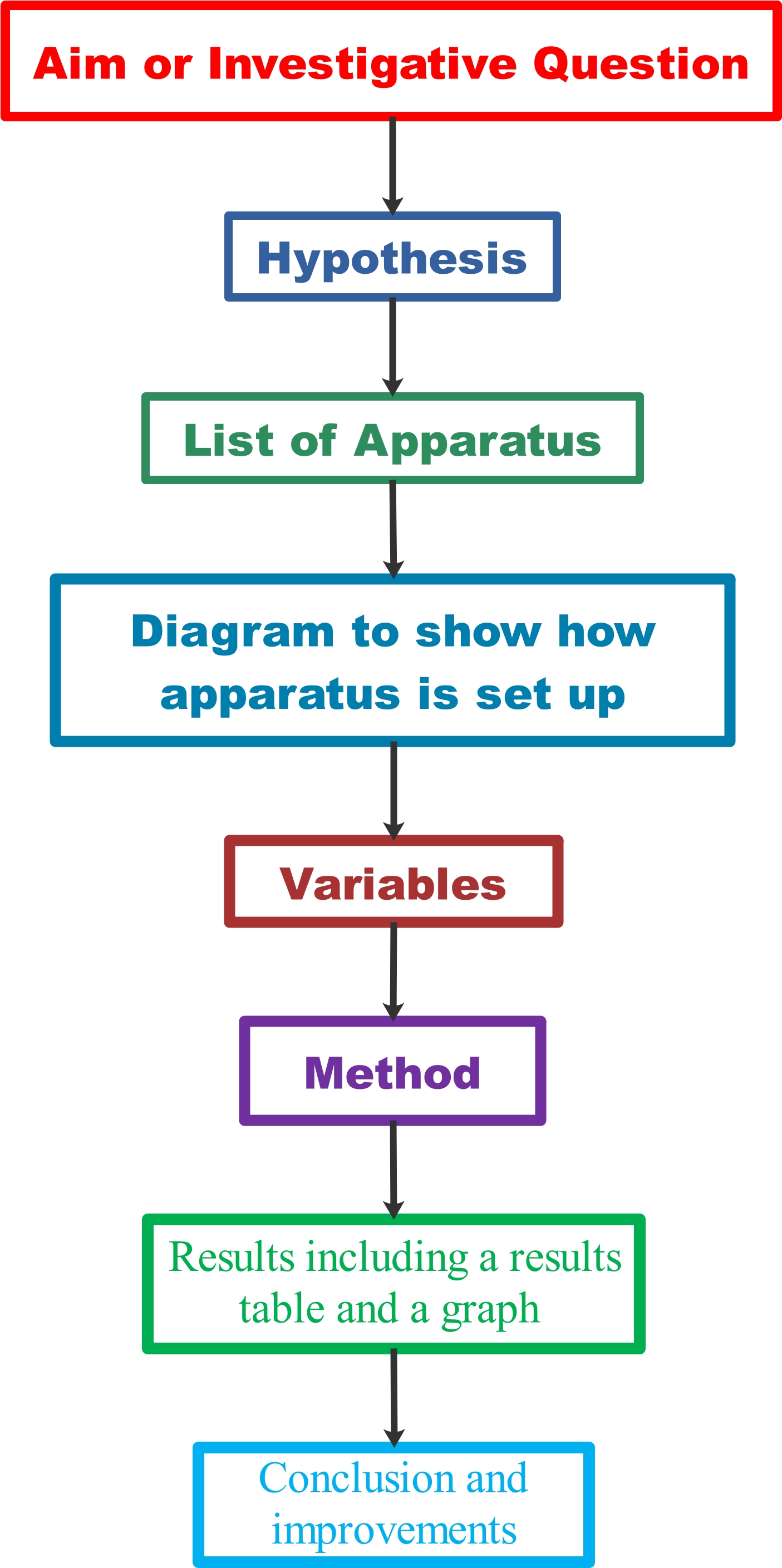Topic outline
-
-
-
Safety rules in a science laboratory are there to keep you and your fellow students safe. Most rules are common sense such as no eating or drinking in the lab.
Here is a list of the most common:
- Food and drink are not permitted during class in the lab at any time.
- Do not come in the lab early unless the instructor is present.
- Read all instructions, from start to finish BEFORE you start the experiment.
- Do not wear loose hair or clothing around moving equipment.
- Wear safety glasses during a lab experiment.
- Never touch a possibly live circuit and do not touch electrical equipment with wet hands.
- Only use laboratory equipment for the instructional purpose for which they were intended.
- Never look directly in the beam of a laser and light from a lamp used for the experiment.
- All trash and waste materials should be disposed of in the proper container. Do not pour chemicals into the laboratory sink.
- Do not take apart any apparatus or piece of equipment.
- All damaged equipment and chemical spills should be immediately reported to the laboratory instructor.
- Accidents and emergencies must be immediately reported to the laboratory instructor.
- Leave your lab station neat, clean and organized at the end of each lab period.
- Be aware of where the fire extinguishers are located.
Warning signs
Various warning signs should be displayed in a physics laboratory, and you need to take notice of them as they display information about potential hazards.

-
-
-
Investigations are the way a scientist tests a theory. The results of the investigation may prove the theory correct or incorrect.
Scientific investigations have steps which must be followed:

AIM OR INVESTIGATIVE QUESTION
When you start an investigation, you need to have a question in mind which you are going to answer. This is called THE INVESTIGATIVE QUESTION.
Usually, your investigation begins with observations and then you design an investigation to prove your observations.
For example:
- Does the amount of salt increase the temperature at which water will boil?
- Does the number of batteries in a circuit increase the brightness of a bulb?
Or, you can write an AIM. This is similar to your investigative question, but it’s a statement of what the investigation is going to show.
For example:
- To see if the amount of salt increases the temperature at which water will boil.
- To see if the number of batteries in a circuit increases the brightness of a bulb.
HYPOTHESIS: The hypothesis is basically what you think your investigation is going to prove. It is a guess, but it always helps to have some scientific reasoning behind it. It’s important to remember that your hypothesis doesn’t have to be correct. A hypothesis must
- be a statement
- be specific
- include the variables involved (‘cause’ and ‘effect’)
- be a testable generalization
For example:
IQ: Does the number of batteries in a circuit increase the brightness of a bulb?
Hypothesis: I think the bulb will get brighter when you add another battery. As you increase the number of batteries in a circuit the bulb will get brighter. This is because increasing the number of batteries increases the speed of the current in the circuit. The faster the current the brighter the bulbs because of the lower resistance.
Variables and Fair Testing.
If you want your investigation to be proper and scientific, then you need to take all the following into consideration:
Fair Tests – A fair test is when you only change 1 thing in your experiment.
Variables make your investigation fair, they make your results comparable to other peoples’, they make them valid, and they also help you think of all the things that you are going to do in your practical.
For example, if you are testing the rate at which sugar dissolves – you can’t use the time it takes 2 teaspoons of sugar in hot water in one beaker and compare that to the time it takes 3 teaspoons of sugar to dissolve in cold water.
There are 3 types of variables:
What you are changing is called the INDEPENDENT variable. This is what you are testing – this is the point of the investigation.
What you are measuring is called the DEPENDENT variable. This is stuff like the time something takes, or the temperature it gets to.
All the elements you are keeping the same are called the CONTROLS.
You must remember that you can only change 1 thing and measure 1 thing. You also need lots of controls.
If your aim is to see how the number of batteries affects the brightness of a bulb, then you must use the same voltage of battery each time each time. You must use the same wattage of bulb each time. You will be measuring the speed of the current in the circuit.
So in this example:
Variables you will be keeping the same (controlled variables): voltage of the batteries, wattage of bulb, resistance of the other components in the circuit.
Variable you will be changing (independent variable): the number of batteries
Variable you are measuring (dependent variable): speed of the current
Methods:
A method describes how an experiment is carried out. It should contain a set of written instructions with numbers or letters to show the order in which the steps are carried out.
Each step should describe one action during the experiment. The apparatus used should be described, using scientific terms. Everything that was done to complete the whole experiment should be listed in the method, so somebody else could follow it and get a similar outcome.
Observe the experiment:
The experiment should be conducted in a clear and systematic way to ensure the data is complete and of a high quality. In an experiment into the relationship between force, mass and acceleration a toy car of different masses runs down a ramp. The acceleration needs to be measured several times at each mass. The repeats would all need to be done in the same way and with care to ensure precise data. If you observe that a repeat is not similar to the others, then it is good idea to repeat it.
ODD Results: This result may not ‘fit in’ with the other data you have collected. To reduce the significance of this result on the rest of your data, experiments must be repeated and an average calculated.
The minimum number of repeats should be 3 times.
Studying the data: Data collected during an investigation is normally displayed in a results table. At this point you can study your repeats to see how close they are. Repeats that are similar are said to be precise.
How to display the data
Results should be written up in a table.
It can be difficult to see the relationship between the variables from a results table so often the means are plotted on a graph or chart to analyse the results further. It is important to choose the most appropriate type of graph or chart.
Drawing conclusions
The final stage is to consider what has been learned from the investigation and the quality of the data. If it is decided that the experiment could have been improved in some way; suggestions should be considered of how and why.
In this part you will say what your results show, and how this relates to the prediction you made at the start of the investigation.
-